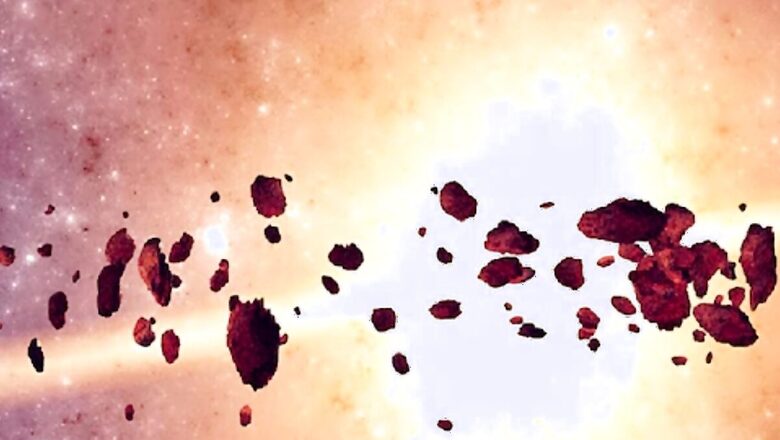
views
We all know that the Sun is the sole source of energy for life on Earth. Without this star, life wouldn’t be possible here. But do you know, as per the latest study, even stars have limited lifetimes and someday our Sun will die and the Earth will be swallowed by it before it becomes a white dwarf? The other planets in the solar system will also be “crushed and ground to dust”.
According to researchers from the University of Warwick, when the Sun runs out of fuel, it will turn into a white dwarf and generate a strong gravitational attraction that has the potential to draw our solar system toward the place of its destruction.
But there’s no such serious scenario till now, as the scientists stated this will likely happen in around 6 billion years. Meanwhile, speaking about the destruction of the solar system, Professor Boris Gaensicke of the Department of Physics at the University of Warwick said that the bad news is that the Earth will likely be sucked up by the growing Sun before it turns into a white dwarf.
However, what will happen to the rest of the solar system when the Sun transforms into a white dwarf is still mostly unknown to scientists. Gaensicke added that it’s possible that some of the asteroids between Mars and Jupiter, as well as the rest of the solar system, may get dislodged and come near enough to the ultimate white dwarf to engage in the process of shredding.
As per the report published in the journal Monthly Notices of the Royal Astronomical Society (MNRAS), the researchers examined the brightness of three different white dwarf stars over 17 years.
The scientists were able to identify the kind of objects and when they passed in front of the Sun by observing changes in brightness. Because the planets revolve in a regular pattern, most stars exhibit extremely predictable brightness variations or transits. However, scientists discovered that the transits were incredibly erratic and chaotic in the vicinity of white dwarf stars.
Meanwhile, the study’s lead researcher, Dr Amornrat Aungverosvit of Naresuan University in Thailand, noted that earlier studies have demonstrated as asteroids, moons, and planets approach white dwarfs, they are drawn closer by the powerful gravitational attraction of these massive stars. Later, break it into small pieces.
These fragments eventually become dust from collisions with one another and fall into the white dwarf, providing insight into the composition of the initial planetary bodies.


















Comments
0 comment